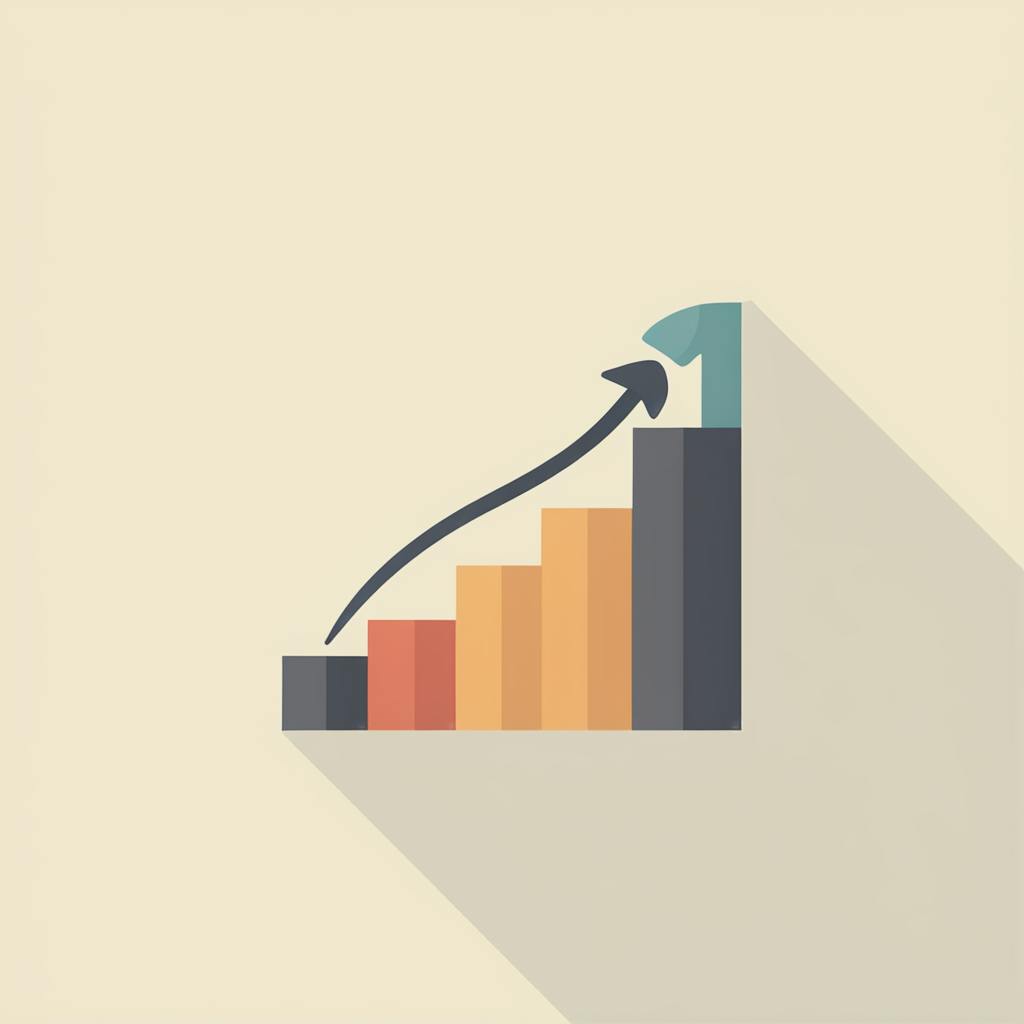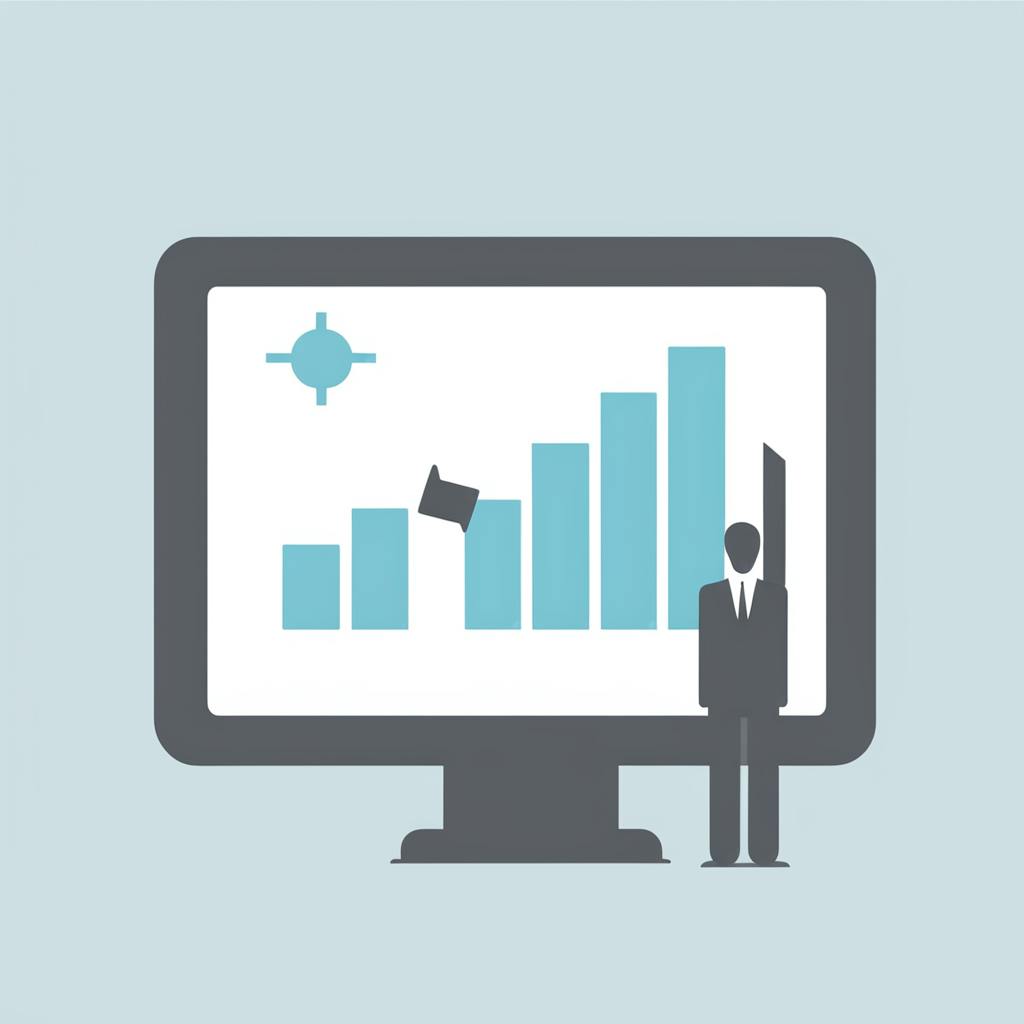The graphic design landscape is undergoing an exciting transformation. Driven by technological advancements and evolving consumer preferences, design trends for 2025 are set to redefine visual aesthetics and communication. In this forward-thinking article, we delve into the emerging graphic design trends for 2025, providing informative and engaging insights. From the rise of generative design to the increasing importance of sustainability, these trends are shaping the future of design.
Embracing Generative and AI-driven Design
Generative design and artificial intelligence are not just buzzwords; they are crafting the future. In 2025, designers will increasingly harness AI-driven tools to create dynamic, data-driven visuals. These tools allow for infinite variations of a single design, helping creators tailor graphics to specific audiences seamlessly. By integrating AI into the design process, designers can experiment with complex patterns, textures, and layouts that were previously unfeasible, pushing creativity to new heights.
Why is AI-driven Design Important?
AI-powered tools are pivotal because they fuse efficiency with creativity. They accelerate the design process while maintaining a high level of customization, allowing designers to focus on strategic design elements rather than repetitive tasks. This trend answers the frequent question of how technology can enhance rather than replace human creativity.
A Continued Shift Toward Minimalism
Minimalism remains a steadfast design trend as we approach 2025. This aesthetic is characterized by clean lines, ample white space, and a focus on simplicity and functionality. The minimalist approach caters to the modern viewer's demand for clarity and speed, especially in a world saturated with content. By emphasizing the essentials, minimalism enhances user experience and makes communication more effective.
How Does Minimalism Impact User Experience?
Minimalism aligns with cognitive load theory, suggesting that less visual clutter enhances comprehension and retention. This trend is crucial for brands seeking to streamline their messaging and ensure their core values resonate clearly with target audiences.

AI made with Stephanie Jagiello
The Rise of Immersive Design
With the advent of augmented reality (AR) and virtual reality (VR), immersive design is set to become a major trend by 2025. These technologies facilitate the creation of engaging, interactive experiences that capture the user's attention in innovative ways. From immersive storytelling to 3D modeling, designers are exploring new dimensions in which to engage users.
What Opportunities Do AR and VR Present?
AR and VR provide designers with novel ways to extend narratives and brand experiences beyond traditional screens. They offer unique, experiential interactions that can captivate and maintain user interest, transforming passive observers into active participants.
Sustainability in Design
Sustainability continues to be a critical theme in graphic design. As consumers become more environmentally conscious, there is a growing demand for design practices that prioritize eco-friendliness. By 2025, we can expect sustainable design to be at the forefront, influencing everything from material selection to production processes and even the aesthetics of design itself.
How Does Sustainability Influence Design Choices?
Sustainable design reduces the environmental impact of design choices and resonates with eco-conscious consumers. This trend encourages designers to rethink traditional practices, opting for solutions that minimize waste and emphasize longevity and reuse.
FAQ: Design Trends for 2025 in Graphic Design
What are some predictions for graphic design trends in 2025?
- Augmented and Virtual Reality (AR/VR) Integration: By 2025, the use of AR and VR is expected to be deeply integrated into graphic design. Designers will create immersive experiences, allowing users to interact with visual content in novel ways, blurring the lines between digital and physical spaces.
- Sustainable Design Practices: As environmental concerns continue to grow, sustainable design will be at the forefront. This includes using eco-friendly materials in physical designs and adopting digital-first approaches to minimize waste.
- AI-Driven Design: With advancements in AI technology, we will see tools that can autonomously generate design content. These AI-driven designs will be personalized and adaptable, using data to create context-specific visual aesthetics.
- Minimalist Aesthetics with a Twist: The minimalist design will evolve to incorporate unexpected elements like vibrant color splashes or unique typography, maintaining simplicity but with distinctive features that capture attention.
- Nostalgia Meets Futurism: Designers are expected to blend retro-inspired themes with futuristic elements. This trend can evoke a sense of nostalgia while remaining forward-looking and innovative.
How will the future landscape of graphic design change by 2025?
- Human-Centric Design Focus: Graphic design will increasingly prioritize accessibility and inclusivity, ensuring that people of all abilities and backgrounds can engage with designs. This approach will lead to more universally appealing and usable designs.
- Collaborative Design Environments: Global collaboration will become more seamless, with designers from different parts of the world working together in real-time through virtual workspaces. This will lead to a greater diversity of ideas and styles.
- Dynamic and Interactive Digital Environments: Static design will give way to dynamic and interactive elements, making designs more engaging. Websites and digital platforms will adopt more fluid graphics that respond to user interactions.
Which graphic design trends should I be prepared for in 2025?
- Variable Fonts and Flexible Typography: Typography will become more flexible, with variable fonts that can change weight, style, and other characteristics seamlessly to adapt to different interfaces and user needs.
- Data Visualization and Infographics: As data becomes more important, graphic designers will need to master the art of turning complex data sets into easily understandable, visually appealing infographics.
- Motion Graphics and Animations: Motion will play a significant role in visual storytelling. Designers should be proficient in creating animations that convey messages and engage audiences effectively.
- Integration with User Experience (UX) Design: Graphic designers will work more closely with UX specialists to create cohesive user journeys, focusing on how graphics enhance overall user experience on different platforms.

AI made with Stephanie Jagiello
What are the possible impacts of predicted graphic design trends for 2025?
- Technological Skill Advancement: Designers will need to continually update their skills to keep pace with new tools and technologies, such as AI, AR/VR, and dynamic content creation.
- Increased Collaboration Across Disciplines: The integration of new technologies and interdisciplinary approaches will demand stronger collaboration skills, as designers work together with developers, UX specialists, and marketers.
- Business and Brand Evolution: Businesses will need to adapt to new design trends to remain competitive. Those that embrace innovative graphic design will have a stronger visual identity and deeper engagement with their audience.
- Ethical and Sustainable Considerations: Designers will face pressure to adopt ethical practices, considering the environmental and societal impacts of their work, pushing the industry towards more responsible and conscious design methodologies.
Conclusion
The design trends for 2025 are poised to break new ground with innovations in AI technology, a sustained preference for minimalism, groundbreaking opportunities in immersive design, and an unwavering commitment to sustainability. As these trends converge, they will not only redefine aesthetic norms but also enhance the way brands communicate their stories to increasingly discerning audiences. By embracing these shifts, graphic designers will continue to create compelling, credible, and cutting-edge visuals that resonate in our rapidly evolving digital age.

